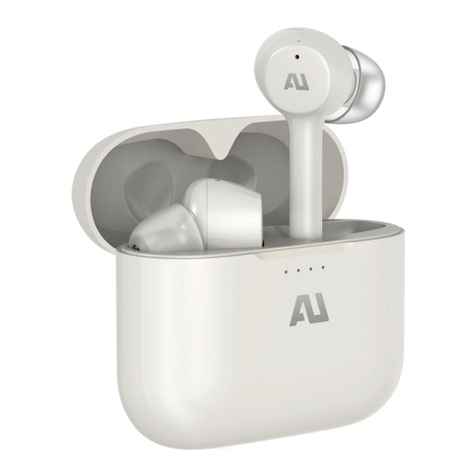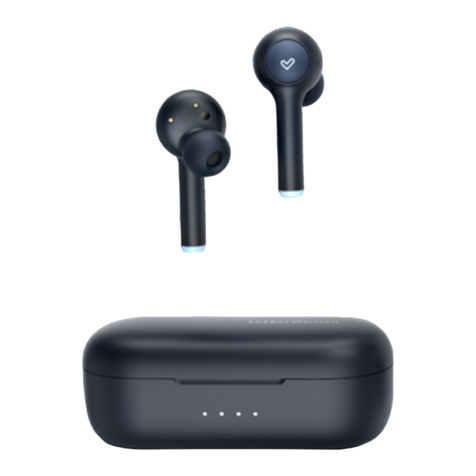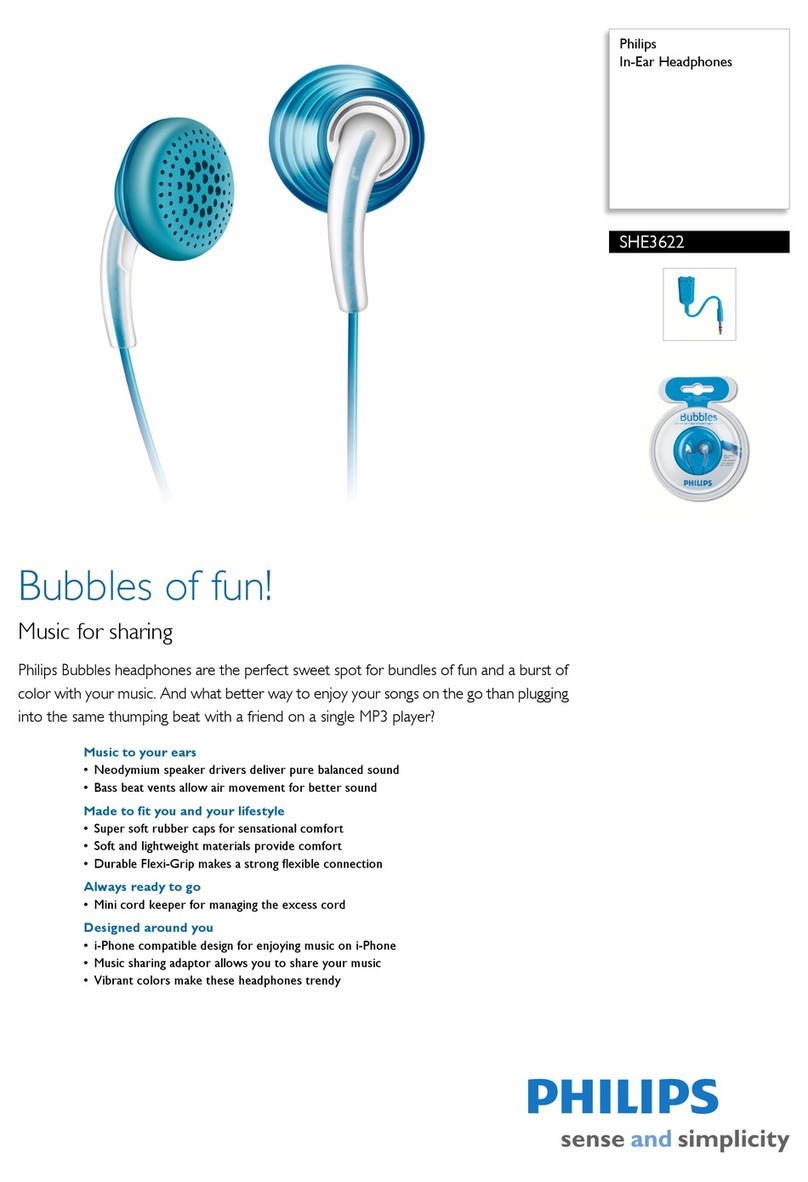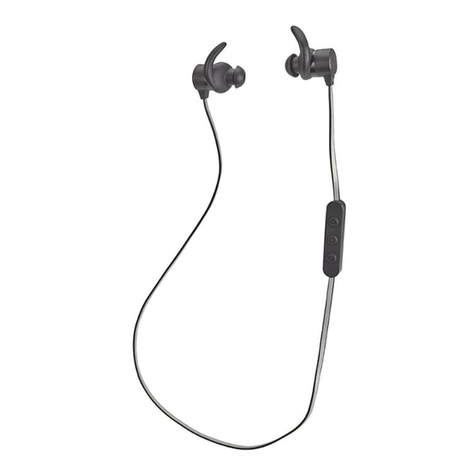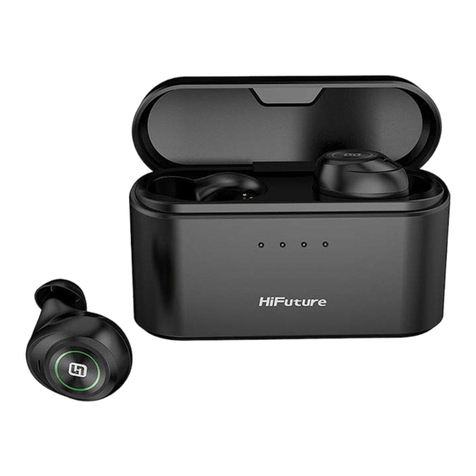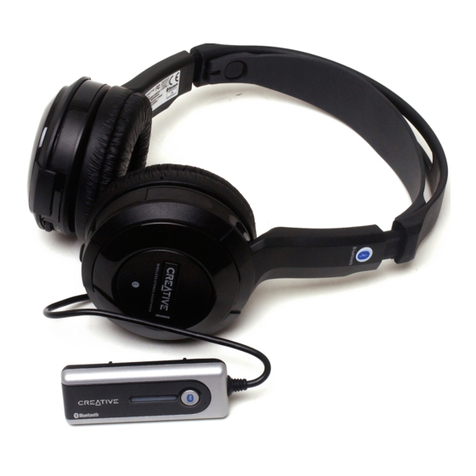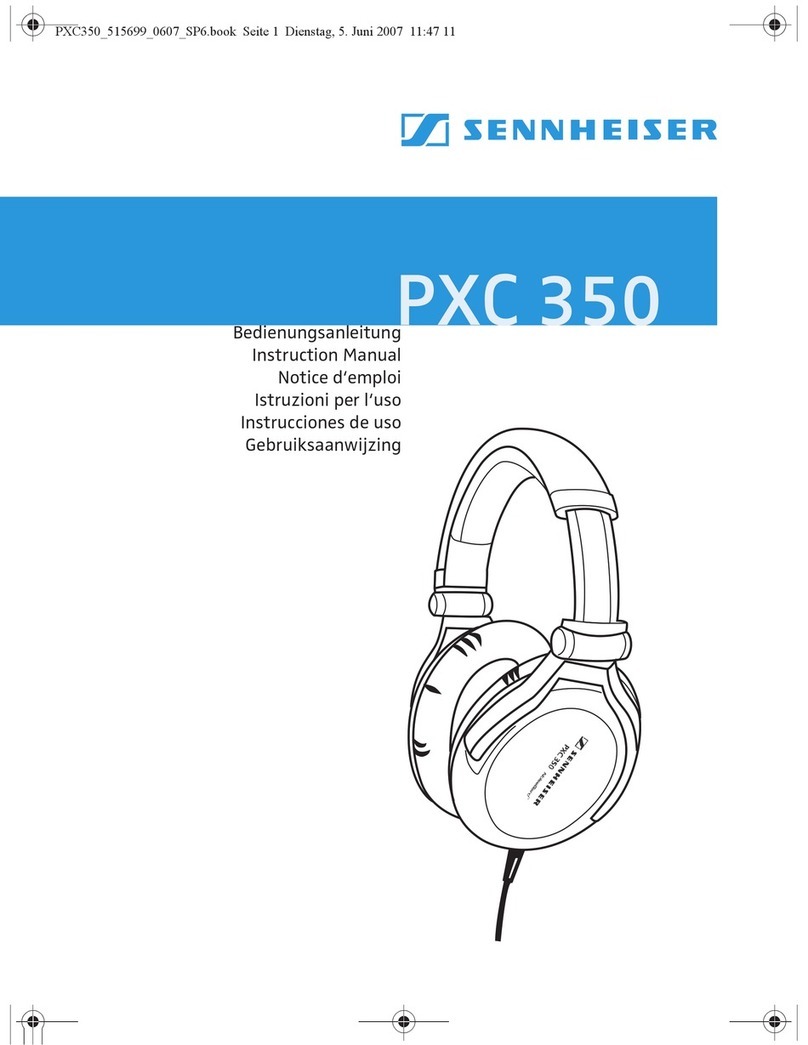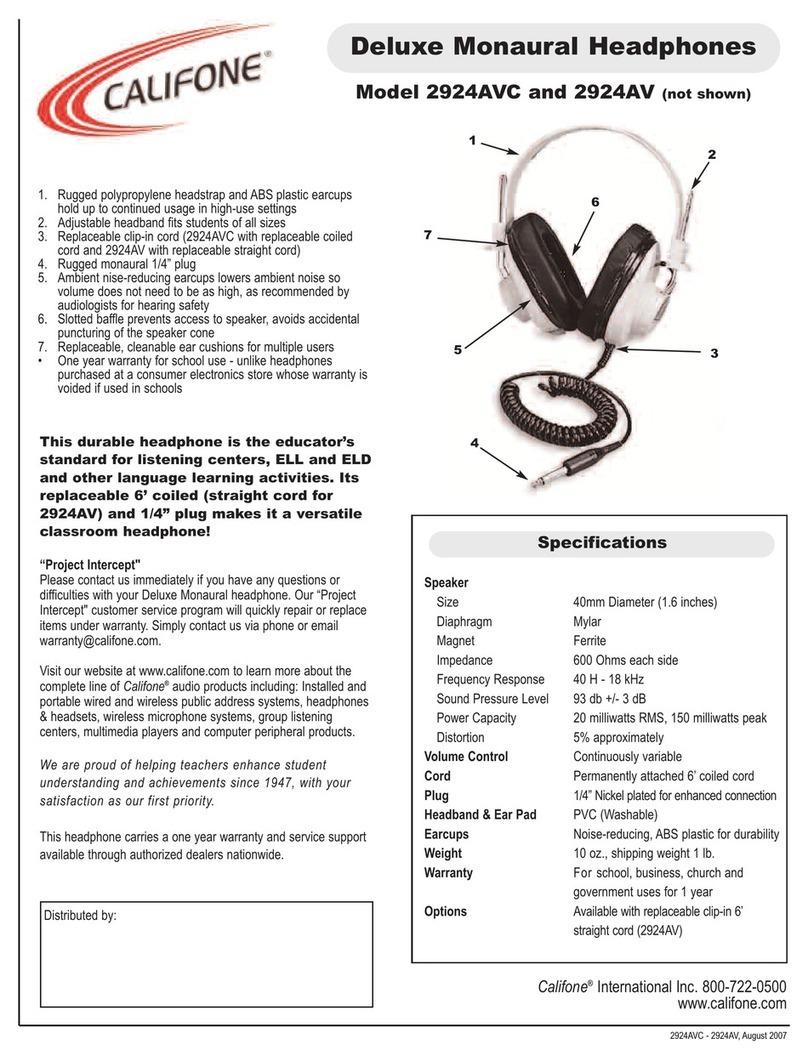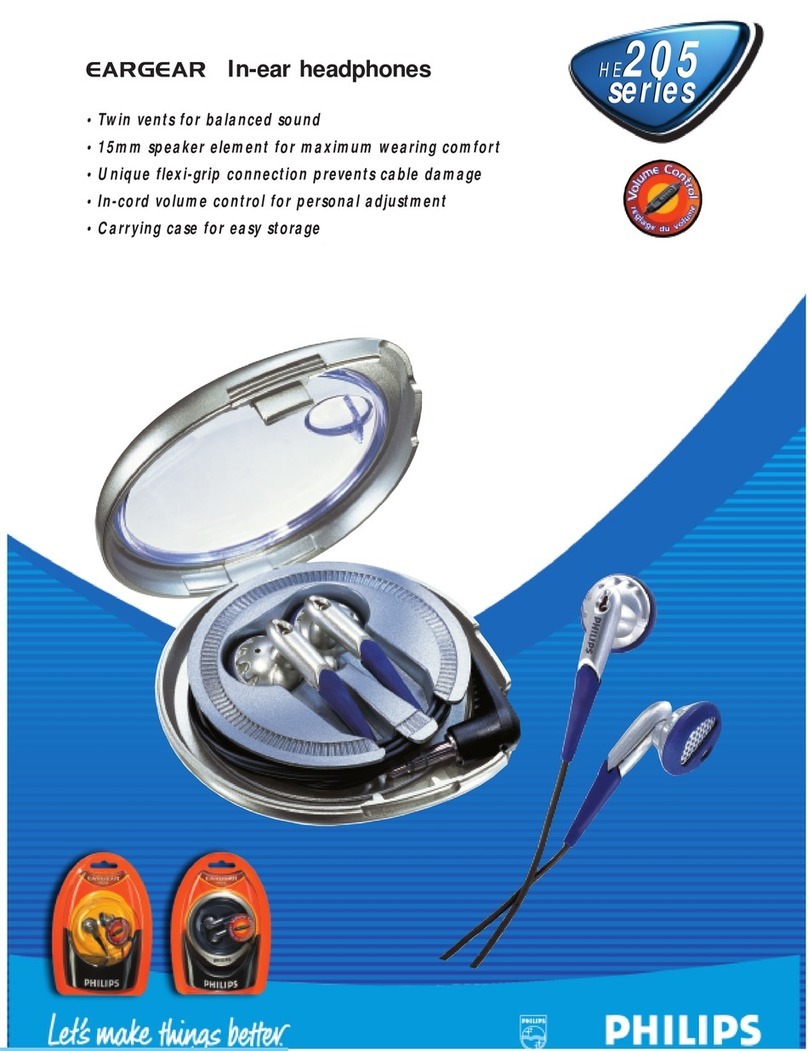13
EN
This unit must be used only with rechargeable batteries.
In order to reduce the risk of re or electric shocks, do not expose the device to water drops or sprays, nor place liquids
on its surfaces, e.g. vases or similar containers. Do not open the external casing in order to avoid electric shocks. Any
repair must be performed only by qualied technicians. Since the main plug of the AC power unit is used to disconnect
the AC power unit from the main switch, connect it to an AC socket that can be easily reached. If anything unusual is
noticed on the AC power unit, disconnect it immediately from the socket. Do not install the device in an enclosed space,
such as a bookcase or cabinet. Do not expose the batteries or device with installed batteries to excessive heat, for
example under direct sunlight, near re or similar situations. Excessive audio pressure from earplugs and headphones
can cause loss of hearing.
HP500
Thank you for buying a Meliconi product!
The Meliconi HP500 stereo digital wireless headphones system uses an advanced wireless transmission technology in
order to allow you to listen to your audio devices up to 50m away,offering maximum freedom of movement. The signal
can pass through walls and ceilings. The transmitter can be connected to the TV or any other audio source, from DVD
and Blu-ray players to CD players, HiFi systems or radios, or PCs and notebooks.
Warnings
To avoid damage to hearing, do not use the headphones at an excessive volume for long periods of
time.
The product complies with the R&TTE 1995/05/EC directive and has been tested according to the
following Technical Standards:
EN60065 / A1:2006
EN 301489-1 V1.8.1:2008
EN 301489-9 V1.4.1:2007
EN 301357-2 V1.4.1:2008
EN 50371:2002
Furthermore, it meets the provisions of ErP 2009/125/EC directive on energy saving.
The EC declaration of conformity is available from the Manufacturer and on the website
www.meliconi.com/HP500.
The symbol of a bin crossed out on the appliance or the packaging indicates that the product at the
end of its life cycle should be disposed of separately from other refuse. The user will, therefore, have
to hand over the appliance at the end of its life cycle to a proper recycling centre for electronic and
electrotechnical refuse, or give it over to the seller each time a new, similar appliance is purchased.
Proper separate refuse collecting for the later initiation of the appliance sent for recycling, treatment and
environmentally friendly disposal, contributes to reducing negative effects on the environment and on
our health and encourages the recycling of the material used to make it. Illegal disposal of the product
by the user will result in the application of sanctions imposed by the Legislative Decree 22/1997 (article
50 and those following to the Legislative Decree 22/1997).
WARNING: When inserting the batteries, check that their polarity is correct. Do not disassemble nor
throw the batteries into re. Do not mix new and used batteries, nor batteries of different brands or types.
Do not dispose of them in the environment. Improper use can damage the environment and health. The
symbol of the bin, also shown on the battery, indicates that the battery must be disposed of according
to existing regulations (EC 2006/66): make yourself familiar with depleted battery and accumulator
disposal methods current for your country.


